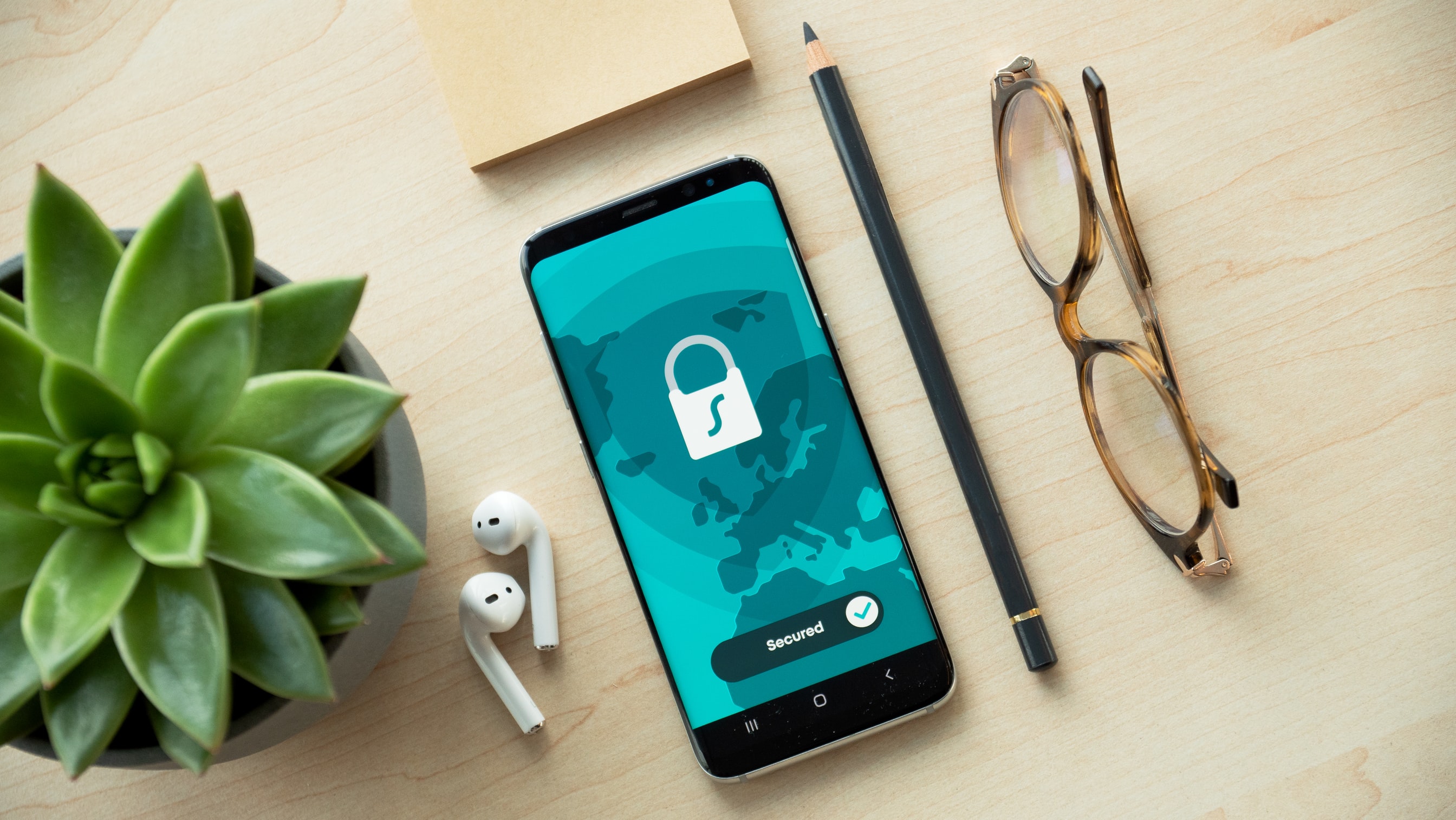Privacy threats hiding in plain sight

If you were to imagine how to access a patient’s personal health information (PHI) illegally, what would the operation look like? You may think of a Watergate-esque operation, sneaking into a doctor’s office or hospital ward under cover of night, wearing all black and ski masks, frantically flipping through charts while trying to get by undetected, and afterwards slinking back into the darkness.
Nowadays, it’s as easy as just waiting for someone to get up from their shared workstation and accessing thousands of patient charts instantly.
Or maybe wait until a doc puts their phone down to grab a coffee, and if it’s not PIN locked give it a quick swipe-through.
Or even easier, get $20 worth of widely available equipment and pick sensitive patient information right out of the air from miles away.
Delivering care is complex and hectic, and we need to be as efficient as possible to meet the rising demand and patient volumes. Communication is one of the biggest determinants in delivering high quality care. But if clinicians are only given ineffective and unencrypted tools such as pagers and fax machines, they will find more efficient workarounds.
Studies have shown that clinicians text each other all sorts of patient information on their own (often non-secure) mobile devices with alarming regularity. They don’t do this out of malice or laziness, they are truly trying to provide the best care for their patients, and this just happens to be the most effective and convenient way.
Unfortunately, the majority of hospitals in Canada do not offer secure ways of communicating patient information in a convenient way that reflects modern care pathways and workflows. The default option is to have a policy to tell everyone not to send any PHI on mobile devices, and throw the book at those who get caught.
As the old adage goes: an ounce of prevention is worth a pound of cure. Why not take up tools that already exist to make the lives of clinicians and patients better, to improve efficiency, to reduce the risk of a privacy breach, and to improve patient care?
Secure messaging is widely available now, and it is offered at a price that is cheaper than a pager subscription or a switchboard operator. Messaging has been extensively shown to improve user satisfaction and improve hospital operations (references below). This will also give clinicians who already rely on non-secure messaging a safer and more efficacious alternative. We’ve tried policies and regulations, but that has failed. It is time for real options, real tools, and real alternatives if we’re going to take safeguarding patient privacy seriously.
References
- Pandian, S.S., Srinivasan, P. and Mohan, S., 2014. The maxillofacial surgeon’s march towards a smarter future—smartphones. Journal of maxillofacial and oral surgery, 13(4), pp.355-358.
- Wu, R., Rossos, P., Quan, S., Reeves, S., Lo, V., Wong, B., Cheung, M. and Morra, D., 2011. An evaluation of the use of smartphones to communicate between clinicians: a mixed-methods study. Journal of medical Internet research, 13(3).
- Wu, R.C., Morra, D., Quan, S., Lai, S., Zanjani, S., Abrams, H. and Rossos, P.G., 2010. The use of smartphones for clinical communication on internal medicine wards. Journal of hospital medicine, 5(9), pp.553-559.
- Ighani, F., Kapoor, K.G., Gibran, S.K., Davis, G.H., Prager, T.C., Chuang, A.Z. and Godley, B., 2010. A comparison of two-way text versus conventional paging systems in an academic ophthalmology department. Journal of medical systems, 34(4), pp.677-684.
- T.C. Nguyen, A. Battat, C. Longhurst, P.D. Peng, M.J. Curet. Alphanumeric paging in an academic hospital setting. Am. J. Surg., 191 (April (4)) (2006), pp. 561-565
- J.P. Abenstein, J.A. Allan, J.A. Ferguson, S.D. Deick, S.H. Rose, B.J. Narr. Computer-based anesthesiology paging system. Anesth. Analg., 97 (July (1)) (2003), pp. 196-204
- S. Breslin, W. Greskovich, F. Turisco. Wireless technology improves nursing workflow and communications. Comput. Inform. Nurs., 22 (September (5)) (2004), pp. 275-281
- R.C. Wu, D. Morra, S. Quan, S. Lai, S. Zanjani, H. Abrams, et al. The use of smartphones for clinical communication on internal medicine wards. J. Hosp. Med., 5 (November–December (9)) (2010), pp. 553-559 (Epub 2010 August 5)
- Gulacti, U., 2017. Comparison of secure messaging application (WhatsApp) and standard telephone usage for consultations on Length of Stay in the ED. Applied clinical informatics, 8(03), pp.742-753.
Read more of our posts

Dec 2, 2025 • 4 min read
Real-World Examples and Use Cases of Interoperability in Healthcare
Understanding the foundations of interoperability in healthcare is only the beginning of implementing interoperable initiatives. Healthcare leaders who want to successfully implement interoperability must also understand exactly how it’s implemented, the positive impacts it has in real clinical settings, and the resources required to sustain it. Clinical systems interoperability is not just about exchanging data – it’s essential for delivering safer, faster, and more connected care.

Nov 26, 2025 • 4 min read
Implementing Healthcare Interoperability: Overcoming the Challenges of Change Management and Adoption
Implementing healthcare interoperability often feels like an uphill battle. New systems need to be integrated into already complex workflows, organizational priorities compete for limited resources, and clinical teams – already stretched thin – can be resistant to yet another change. However, overcoming healthcare interoperability challenges and successfully adopting new systems is essential for improving patient safety, care coordination, and clinical workflows – and it’s entirely within reach. While the technical aspects of connecting systems are important, they're only half the equation. The real determinants of success are organizational readiness and effective change management.

Nov 26, 2025 • 5 min read
How AI is Impacting the Future of Healthcare Interoperability
Traditional integration approaches have made incremental progress, but they can't keep pace with the complexity of modern healthcare IT environments. AI represents a breakthrough that can accelerate interoperability by helping systems understand each other in real time. AI interoperability in healthcare helps systems not only exchange data, but interpret it, route it intelligently, and surface the right information at the point of care.
Ready to learn more?
Get an in-depth product tour to see what Hypercare can do for your team
Hypercare helps hundreds of clinical teams and healthcare organizations across North America coordinate and collaborate seamlessly, with one single clinical communication platform. Let us show you how we can help.
